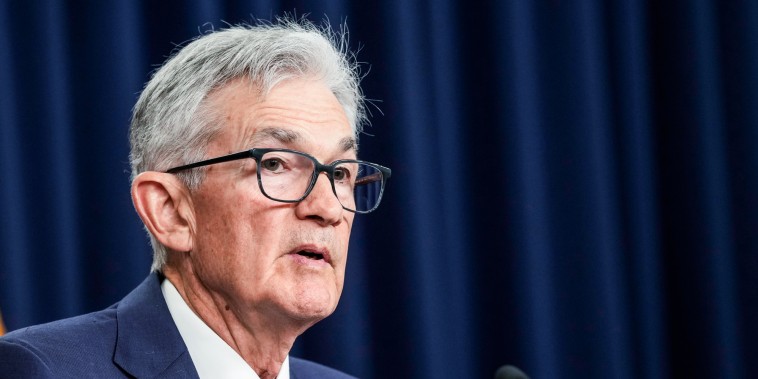
Fed Chair Jerome Powell Clears the Air: No Stagflation Threat in U.S. Economy
In a recent statement, Federal Reserve Chair Jerome Powell declared that there are no signs of stagflation in the U.S. economy. Stagflation, a term that combines stagnation and inflation, typically describes a situation where economic growth is stagnant while inflation is high. This concerning economic scenario can be challenging for policymakers to address.
However, Powell’s assessment provides some relief as the U.S. economy continues to recover from the impact of the COVID-19 pandemic. Despite facing supply chain disruptions, rising prices, and labor shortages, Powell remains confident that stagflation is not a current threat.
One of the key reasons cited by Powell for this optimistic view is the Federal Reserve’s commitment to closely monitor inflation and take appropriate measures if necessary. The central bank has implemented a policy framework that allows for flexibility in responding to changing economic conditions while maintaining its focus on achieving stable prices and maximum employment.
Furthermore, Powell highlighted the strength of the labor market, with job creation showing positive momentum and unemployment levels gradually decreasing. This growth in employment could help support consumer spending and overall economic activity, thereby mitigating any risks of stagnation.
Additionally, Powell emphasized the importance of ongoing fiscal support and investment in infrastructure to sustain economic recovery. By addressing structural weaknesses in the economy and promoting sustainable growth, policymakers can help prevent the emergence of stagflation and ensure long-term prosperity.
Overall, Powell’s assessment provides reassurance that the U.S. economy is on a solid footing and is not currently at risk of stagflation. By remaining vigilant, implementing appropriate policies, and fostering economic resilience, the U.S. can continue its path towards sustainable growth and stability.
